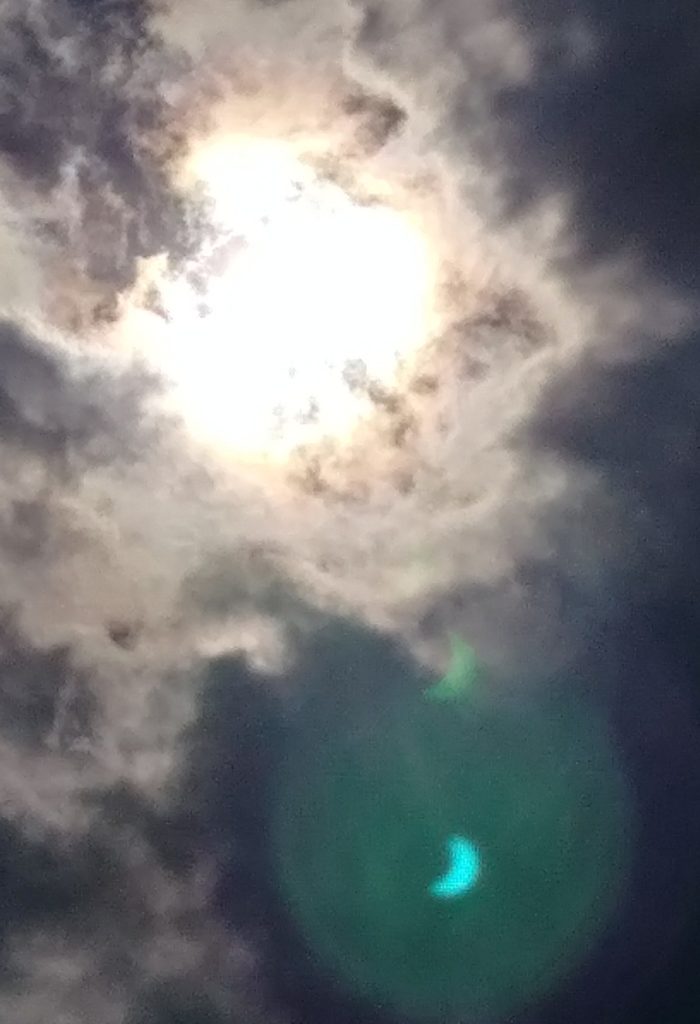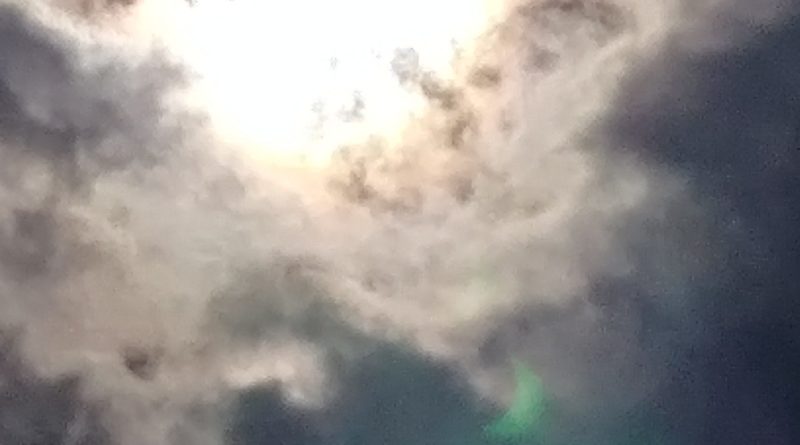Solar Eclipse 2017
On August 21, the United States witnessed a solar eclipse. An eclipse occurs when the moon’s path travels between the sun and the earth. A total eclipse occurs when the sun, moon and earth are in a direct line. The last total solar eclipse visible to the contiguous U.S. was in June of 1918. Other eclipses have occurred in the meantime, such as partial eclipses and annular eclipses in which the moon covers the center of the sun but leaves the outside ring visible.

Photo provided by Andrea Hornbaker
The eclipse was total along a path from Oregon to South Carolina, covering 14 states. Weather was a concern, including in Pennsylvania, as cloudy skies blocked the eclipse for some.
The weather did not stop the eclipse parties from happening, however. Stadiums sold tickets for their seating while others had parties so they could watch the eclipse together. Many parties and events included special glasses or devices for viewing the eclipse, as scientists warned people not to look directly at the eclipse so they would not burn their retinas.
According to science.com, a total eclipse happens somewhere on Earth every 18 months. However, it is much rarer that a total eclipse is visible to such a large number of people.
“We got very lucky,” Darian Adams said after being able to view the eclipse. He said he missed part of it because of the cloud cover, but he enjoyed what he did see.
The eclipse lasted around four hours from start to finish. It started on the West Coast and ended in South Carolina on the East Coast. According to science.com, the moon’s shadow traveled across the United States at speeds from 3,000 miles per hour in Oregon to 1,500 miles per hour in South Carolina.
According to greatamericaneclipse.com, the next total solar eclipse that will be visible in North America is set to occur in April of 2024.
Scientists measured the sun’s corona when given the chance thanks to the eclipse. According to nasa.com, this eclipse gave scientists the chance to observe how the sun, moon and Earth interact with each other.

